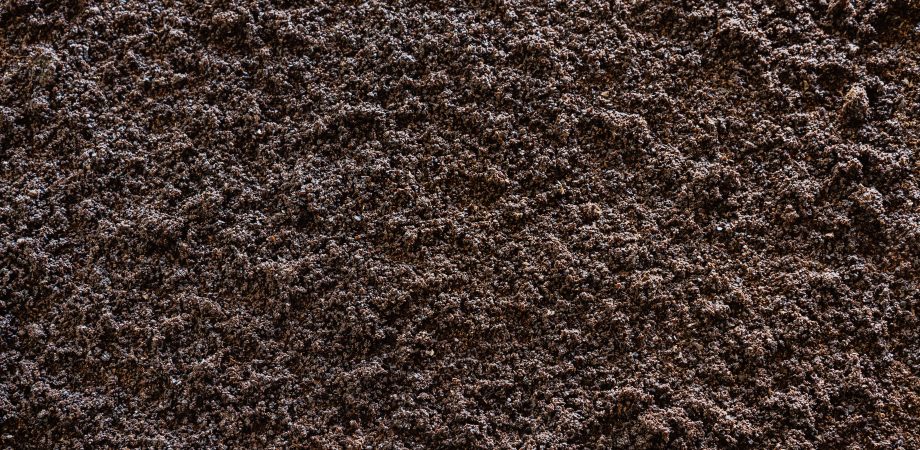Worms, Worms Everywhere

And now . . . they’re jumping?
Unfortunately, I’m not talking about armyworms jumping off a cliff — I’m referring to the invasive Asian jumping worm. Though these critters have been stateside for nearly a century, their numbers are on the rise, and more and more states are being invaded. “So what?” you say. These devils are known for their ferocious appetites resulting in massive, if not total, destruction of normal, healthy soil. Unlike good earthworms that tend to burrow deep in the soil (improving aeration and drainage), these guys loiter and feast in the very top of the soil. They consume all things organic, including the roots of young plants. In their wake, they leave behind extremely loose soil (described as looking like spent coffee grounds) that plants have difficulty anchoring to. No plants equal bare ground, and bare ground equals soil erosion. This can be especially problematic in a forest setting, where they completely devour the leaf humus and disrupt the native ecology. Imagine your teeth are the trees, and the soil is acting like gingivitis-effected gums, slowly falling away. Makes me want to brush my teeth more.
What do these dudes look like? It’s their namesake that exposes the first identification clue. These buggers wiggle and squirm faster than a three-year-old trying to get off Santa’s lap. Fortunately, they don’t actually “jump,” but they do thrash about way more quickly than their European brethren. Another big clue is the whiteish clitellum that goes around their bodies. That’s the thick band you’re probably familiar with on most earthworms (not white in color on most). Don’t bother looking for their naughty parts because these poor suckers are parthenogenic, which means they reproduce asexually. Check out this resource from the Wisconsin DNR to learn more.
So, what do we do? Tragically, at this time, there are no known mass control methods. What’s most important, though, is to be watching for these varmints and report them to the local agriculture extension office. Most states will likely have some kind of reporting portal (like Ohio’s), but if not, at a bare minimum let your ATS representative know. On a small scale, some are literally hunting and picking them from garden areas and disposing of them in sealed containers. Apparently, they are no fans of mustard, as you can flush them from the soil by combining 1/3 cup of ground mustard seed with a gallon of water. Dump this cocktail in an area you suspect is infested (like an armyworm soap flush), and they will squirm to the surface. Some may be tempted to try them as fishing bate. Not only would this be frustrating to bate the hook, but it could very well spread the beasts — don’t do that.
Though we may not have an “Advanced Turf Solution” for this invasive pest yet, keep in touch with your ATS representative for other labeled creepy-crawly needs.
Tim Yingling
Sales Representative







